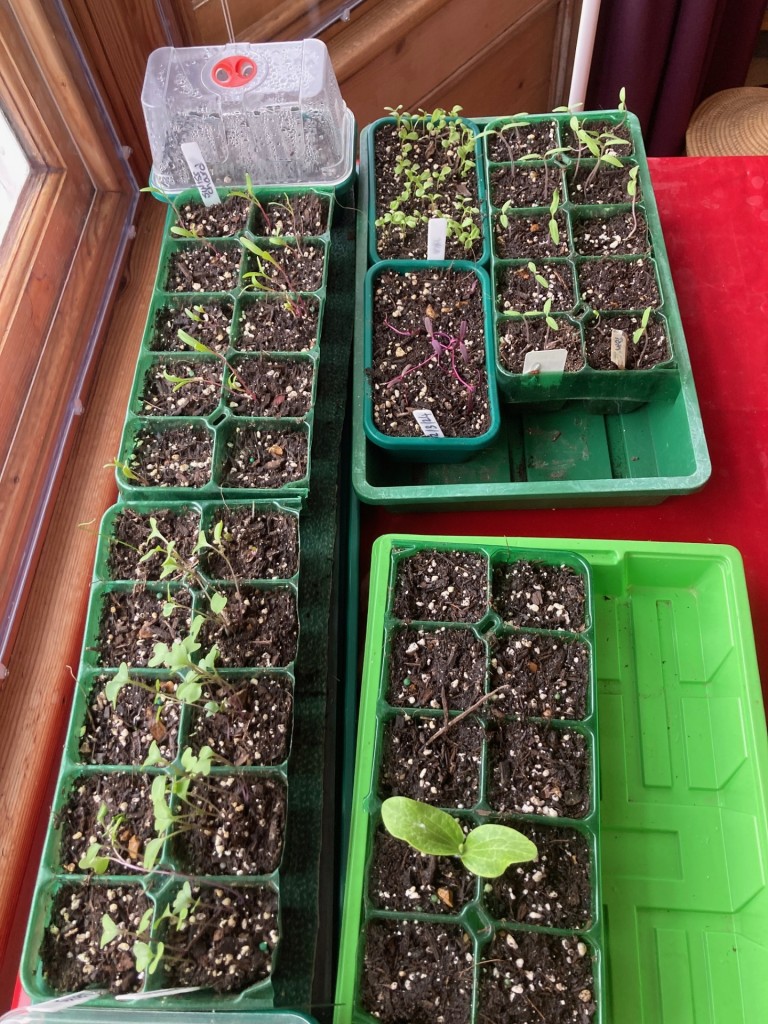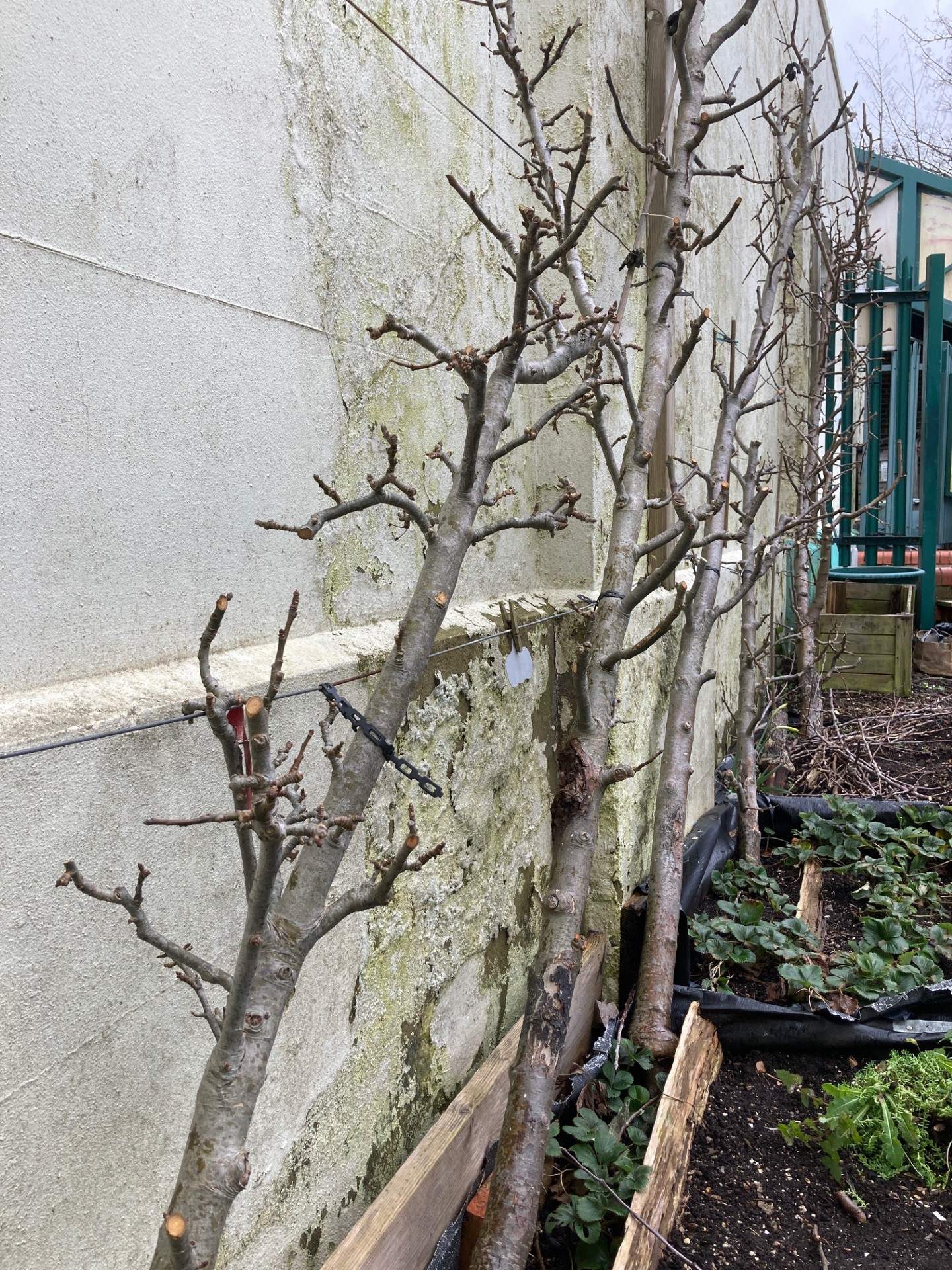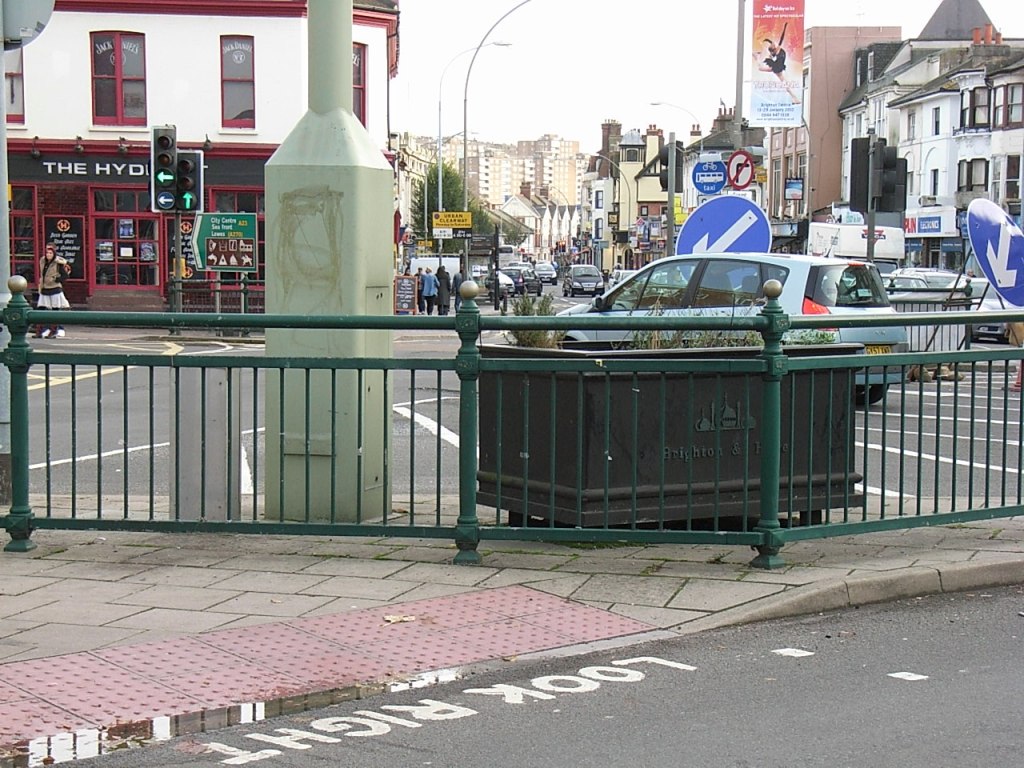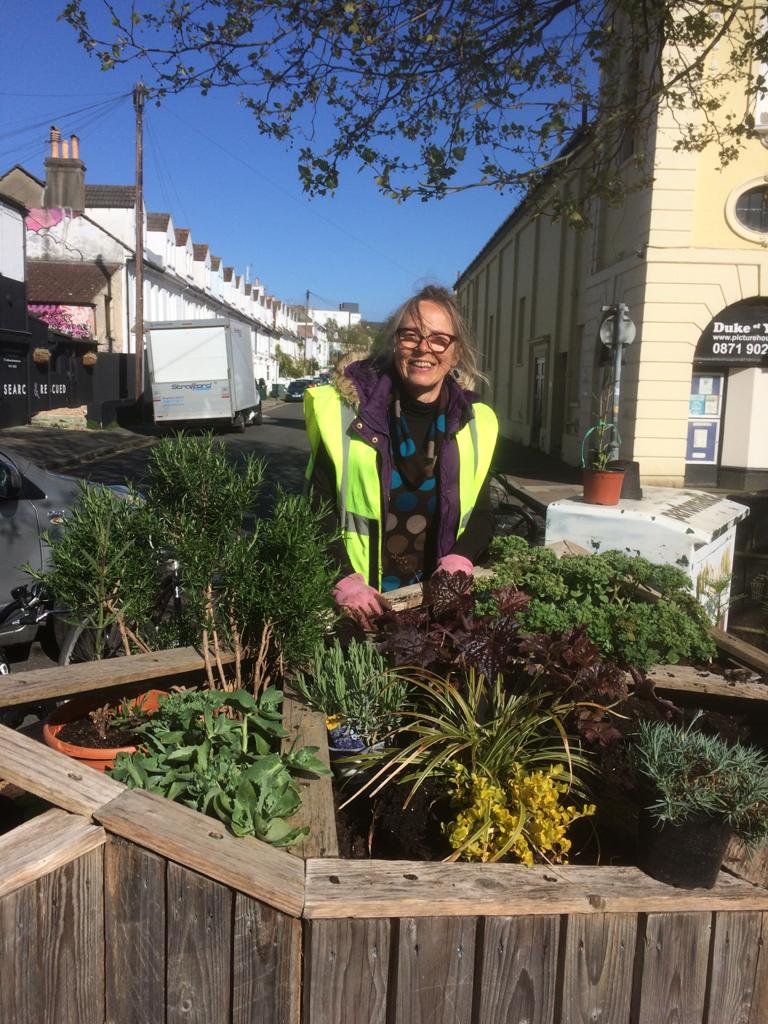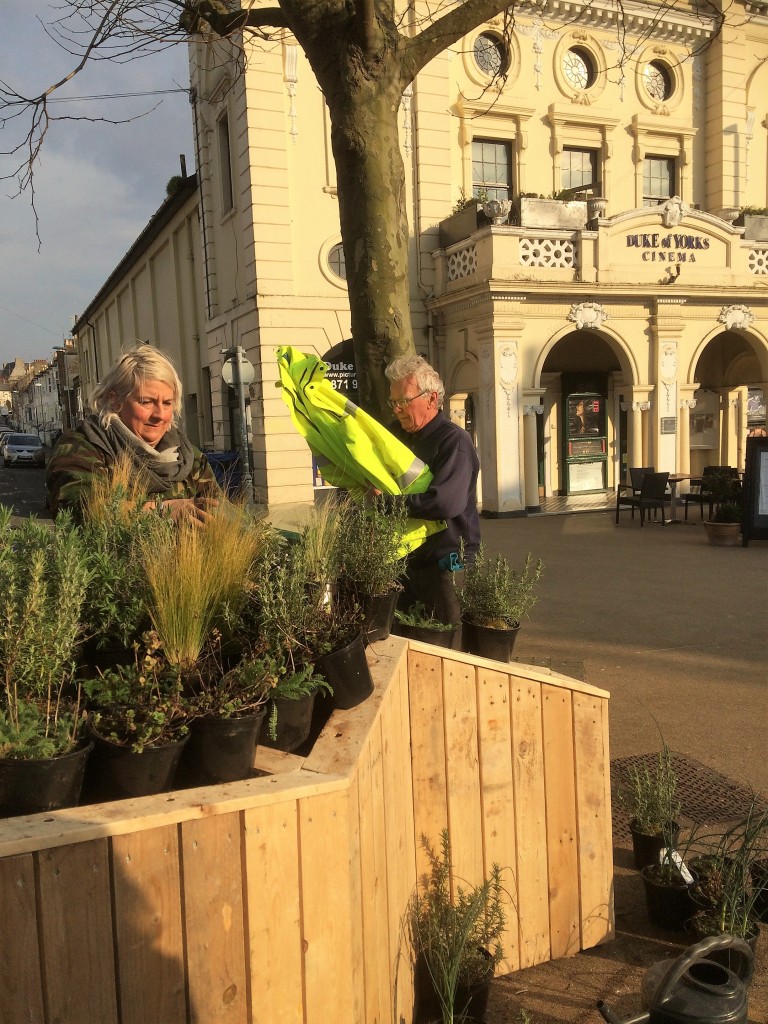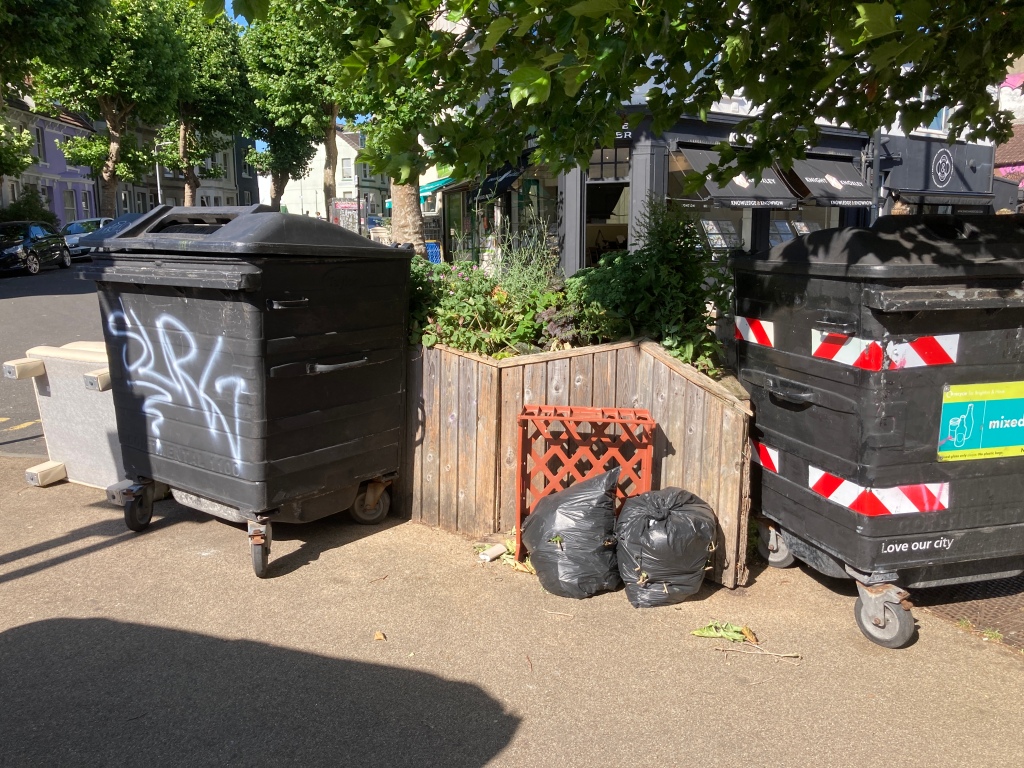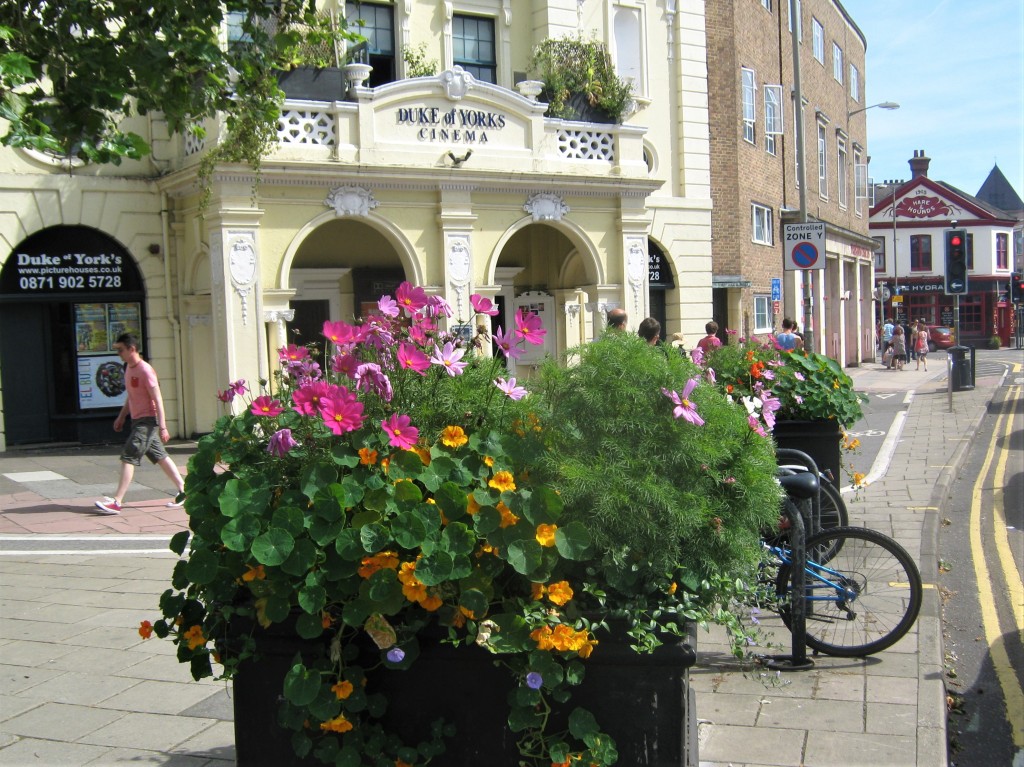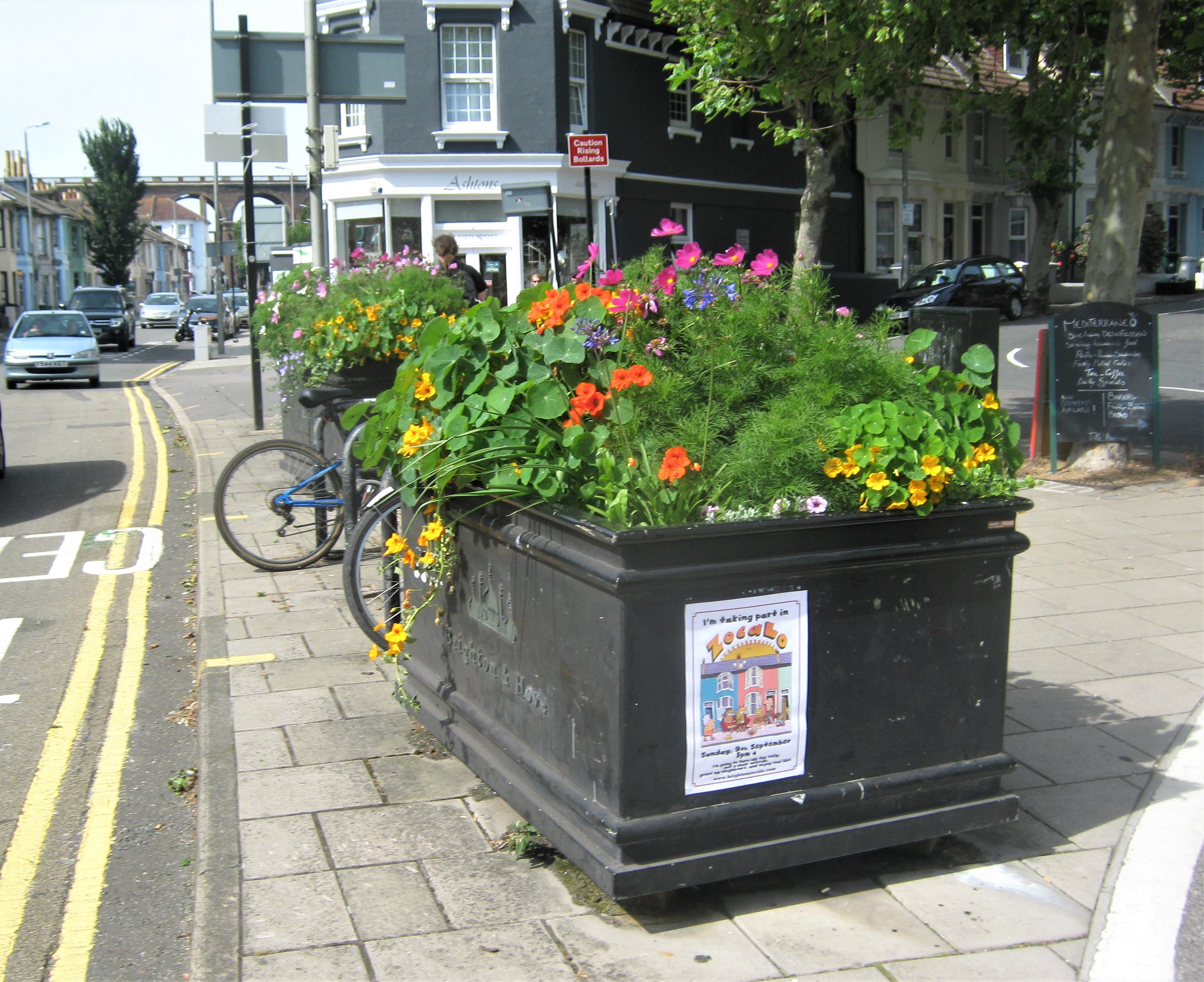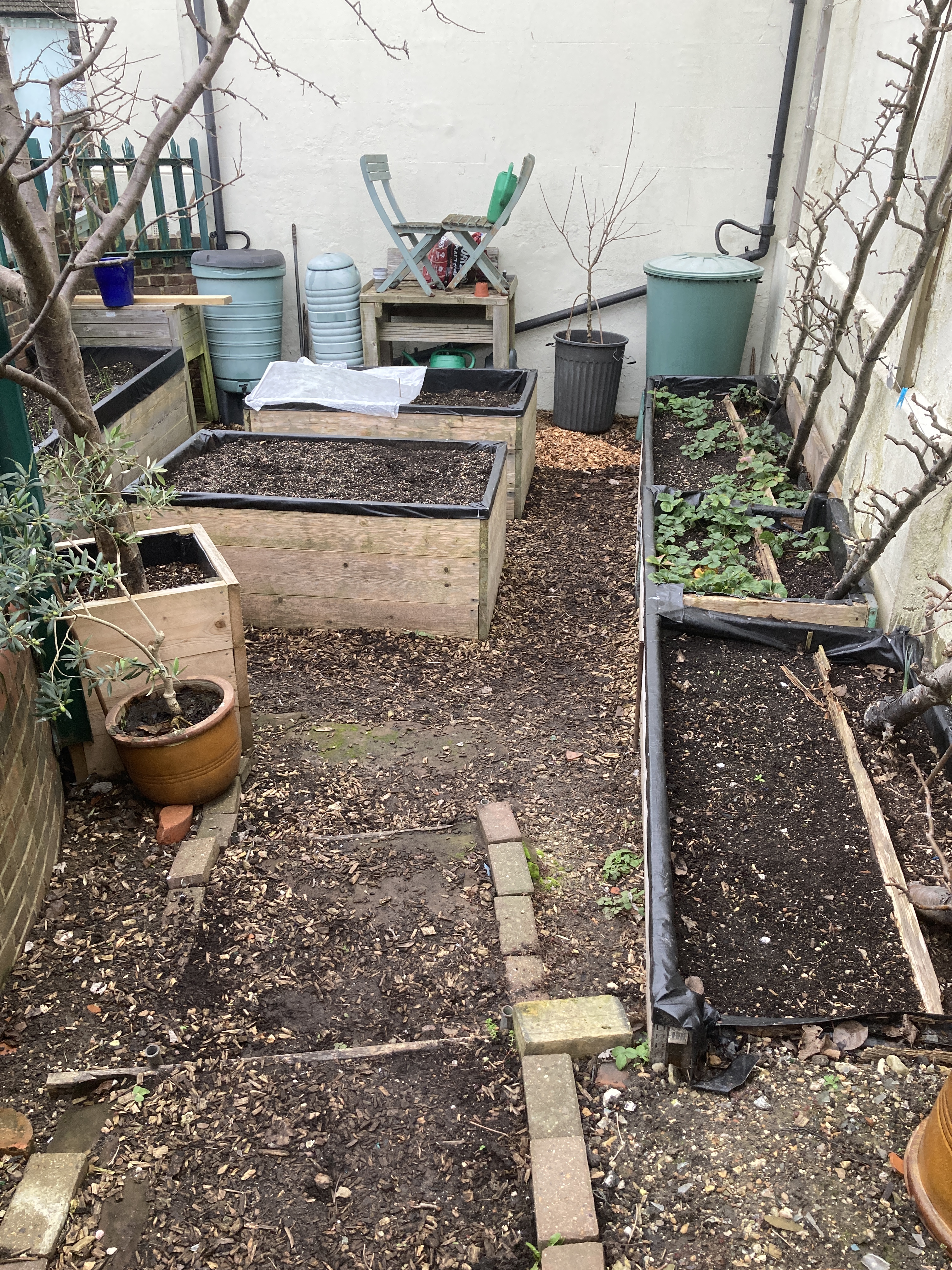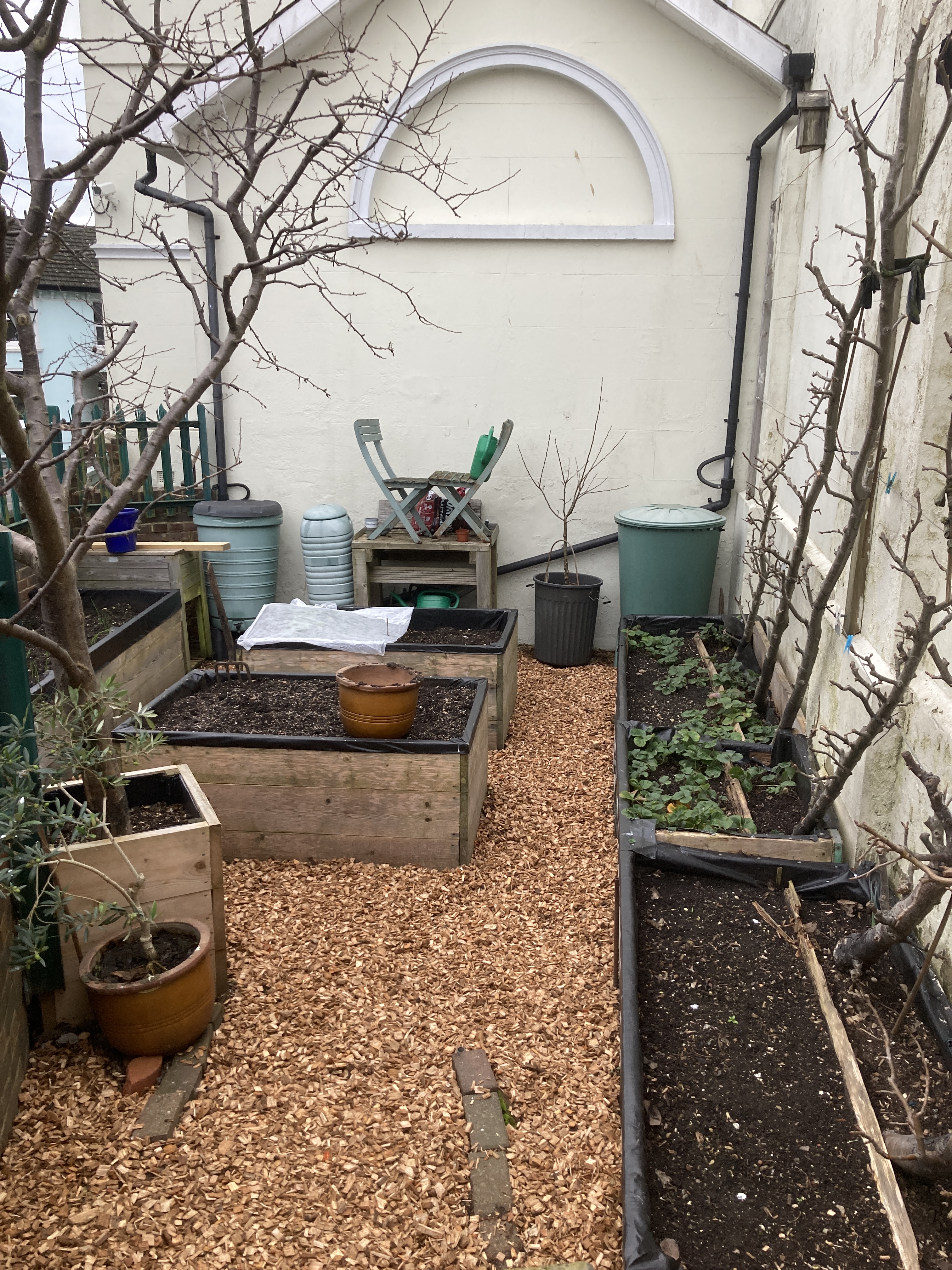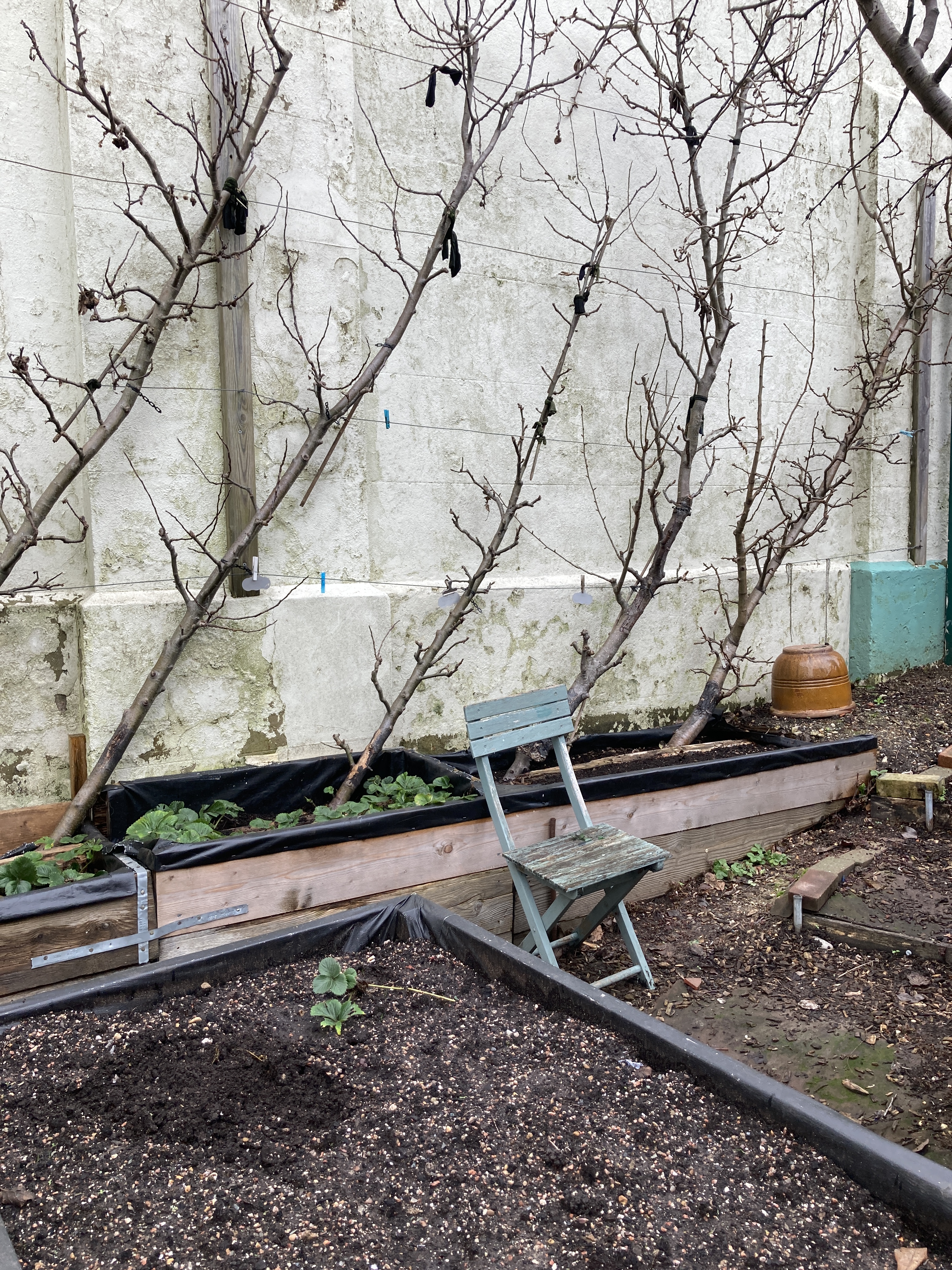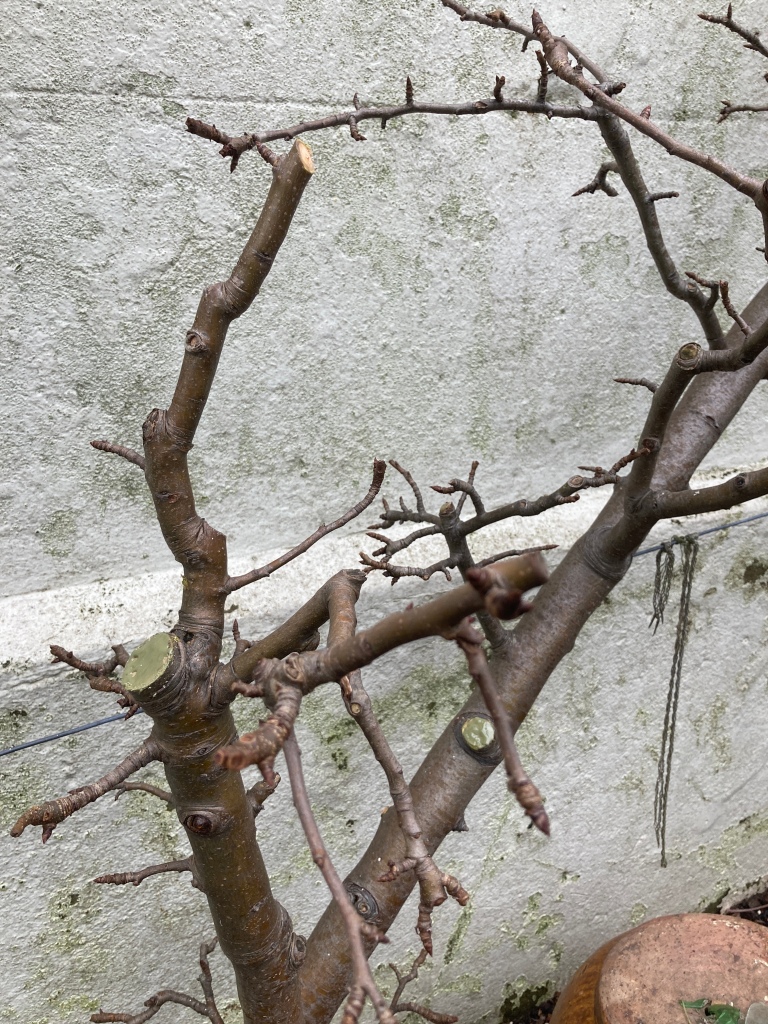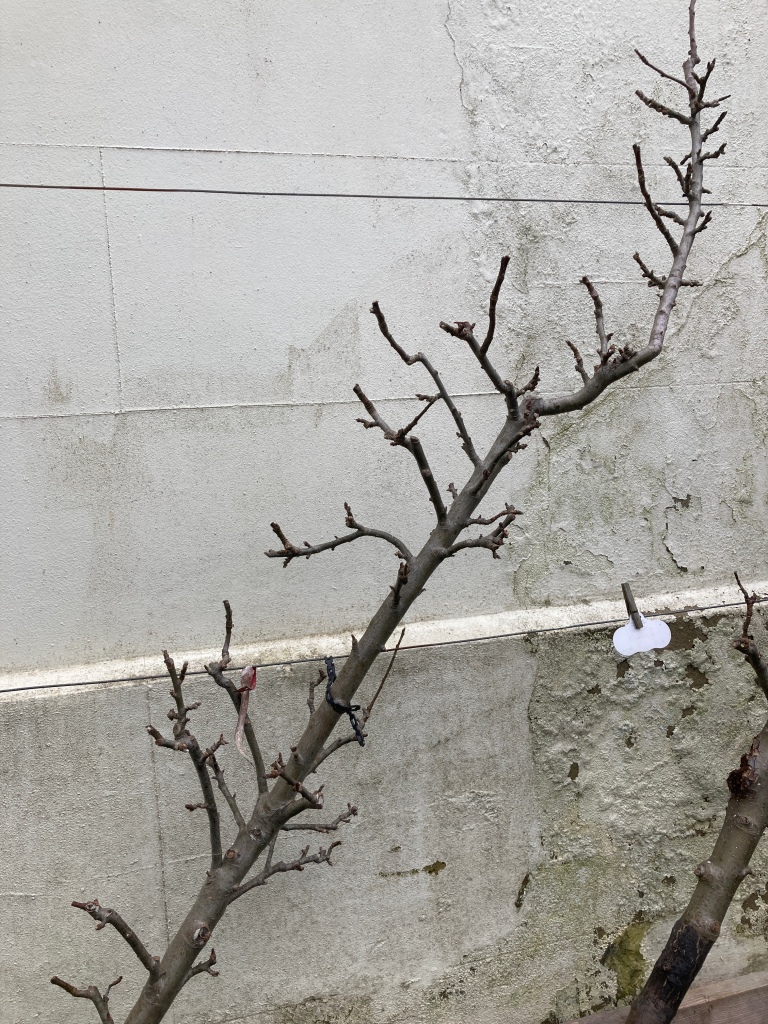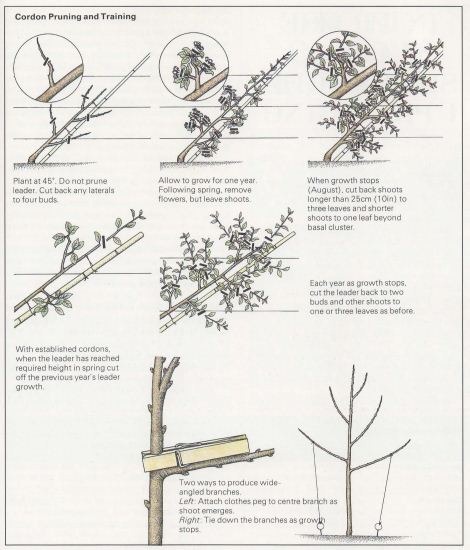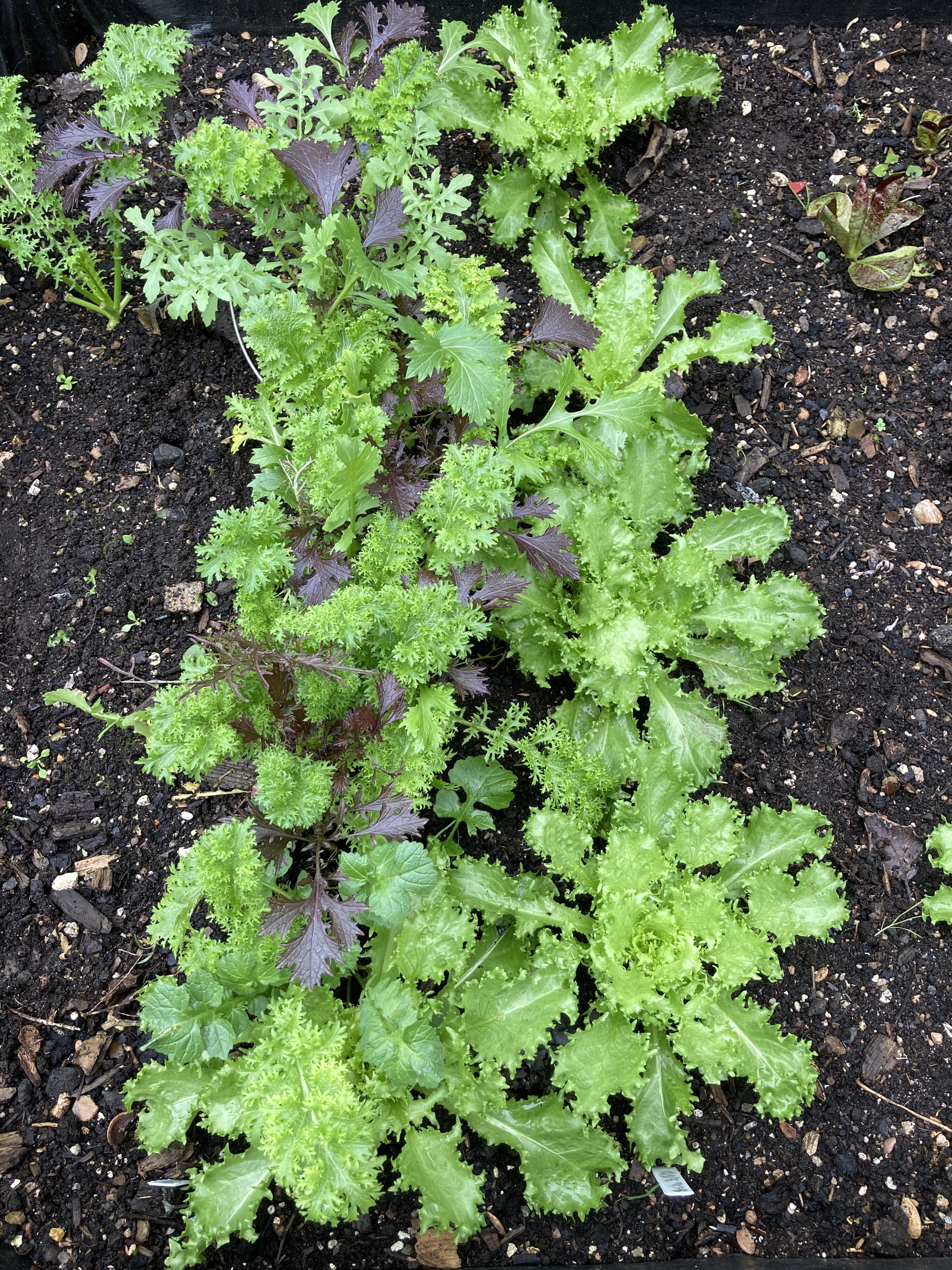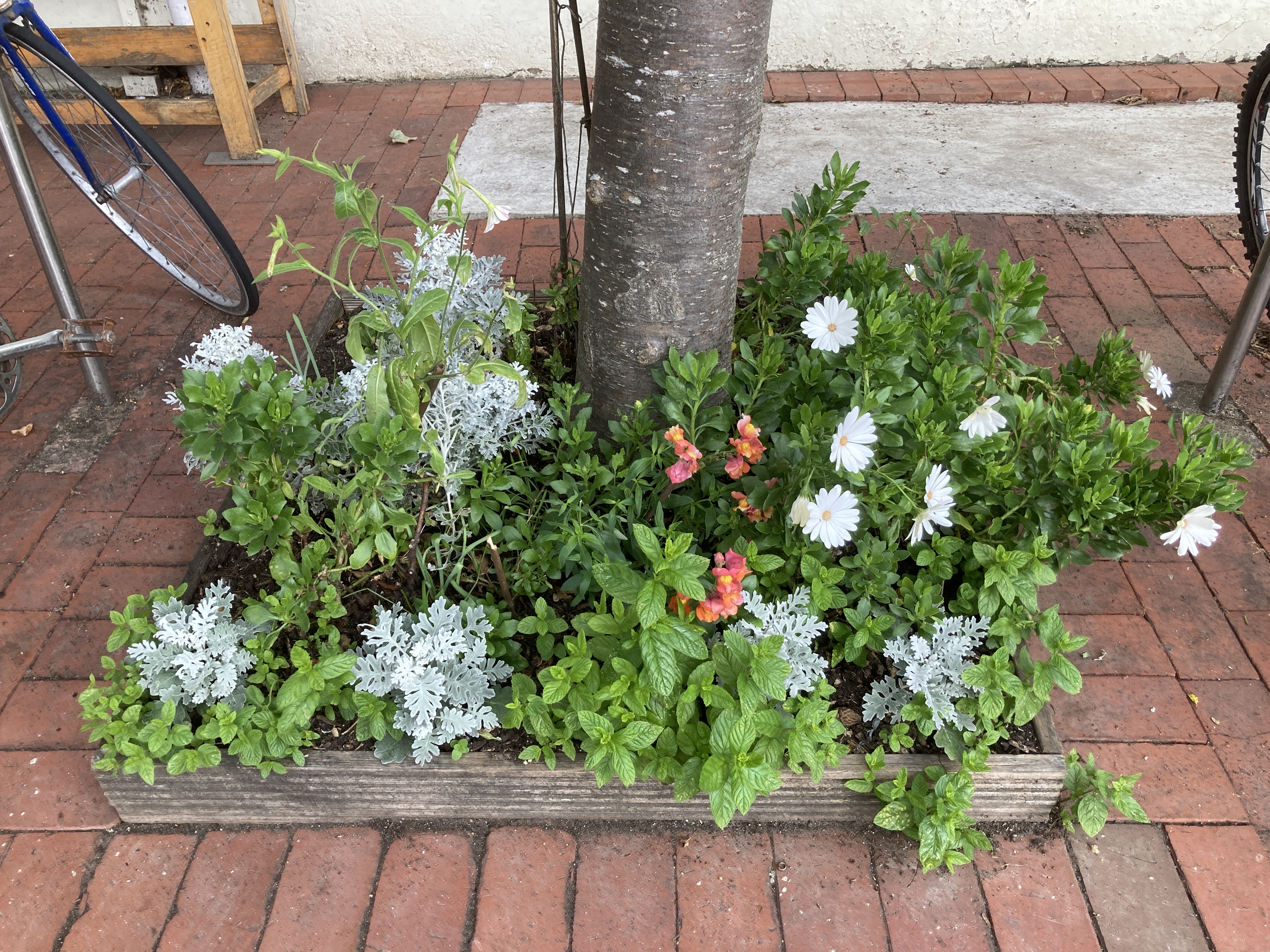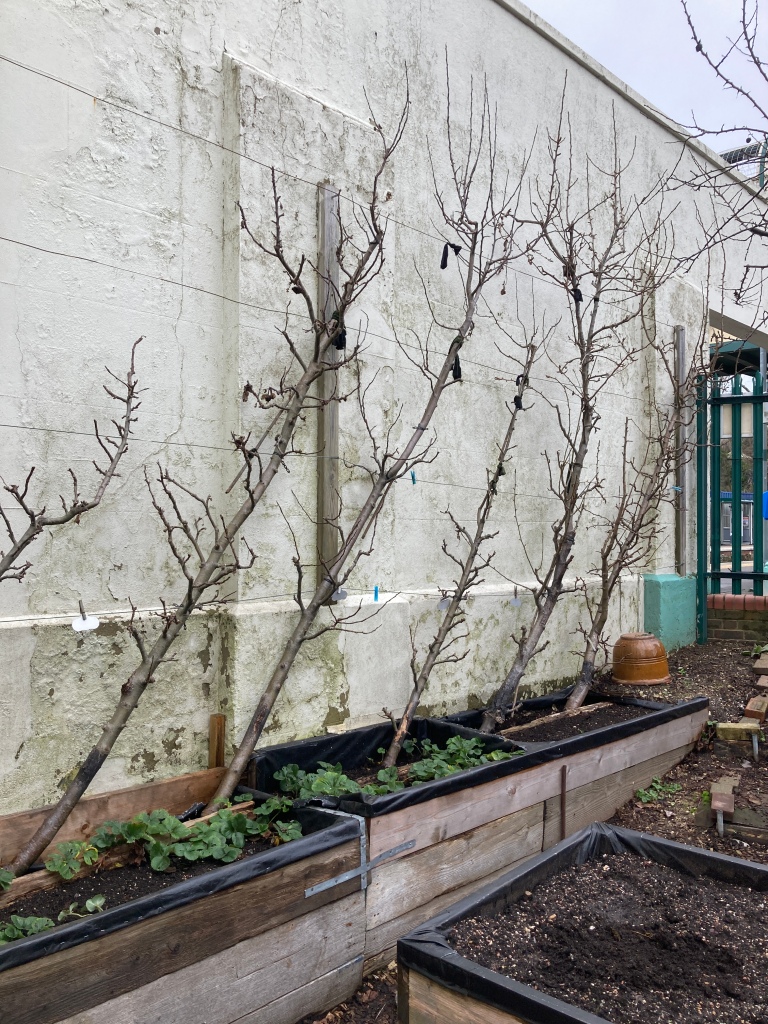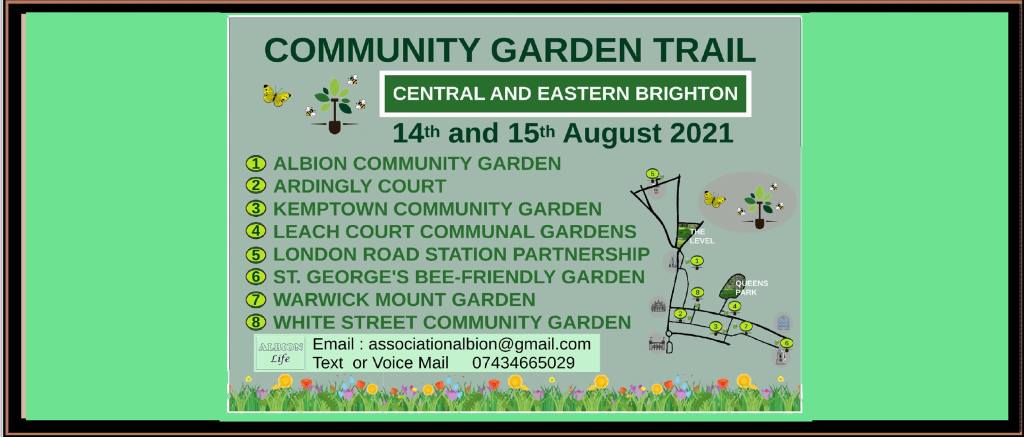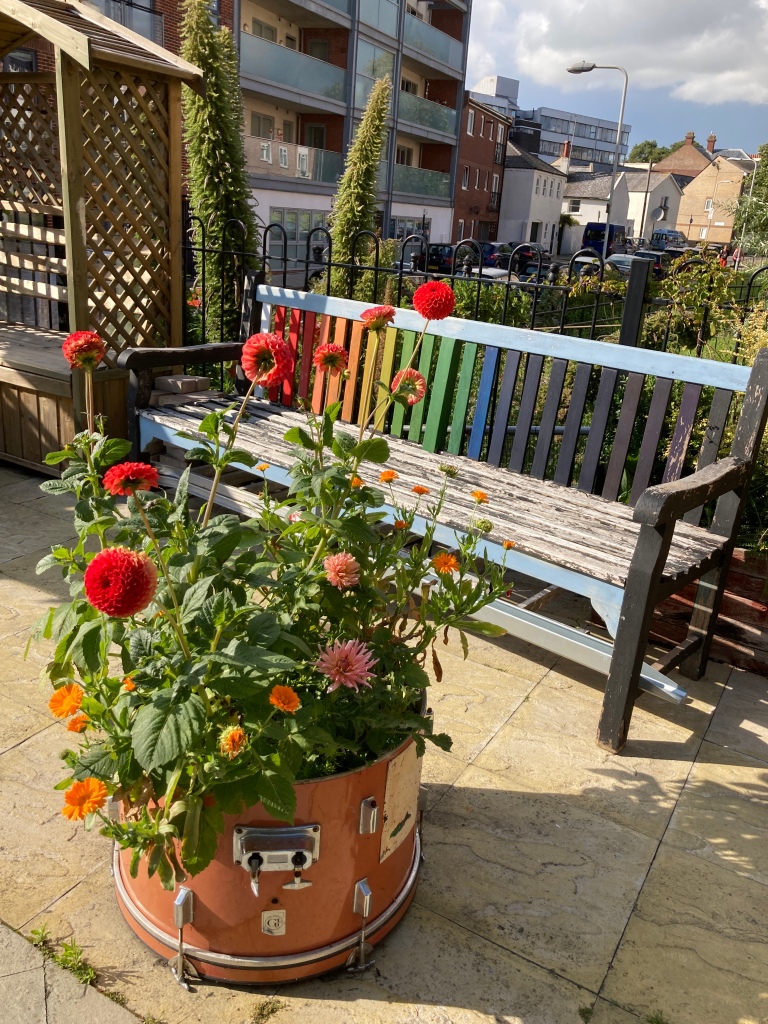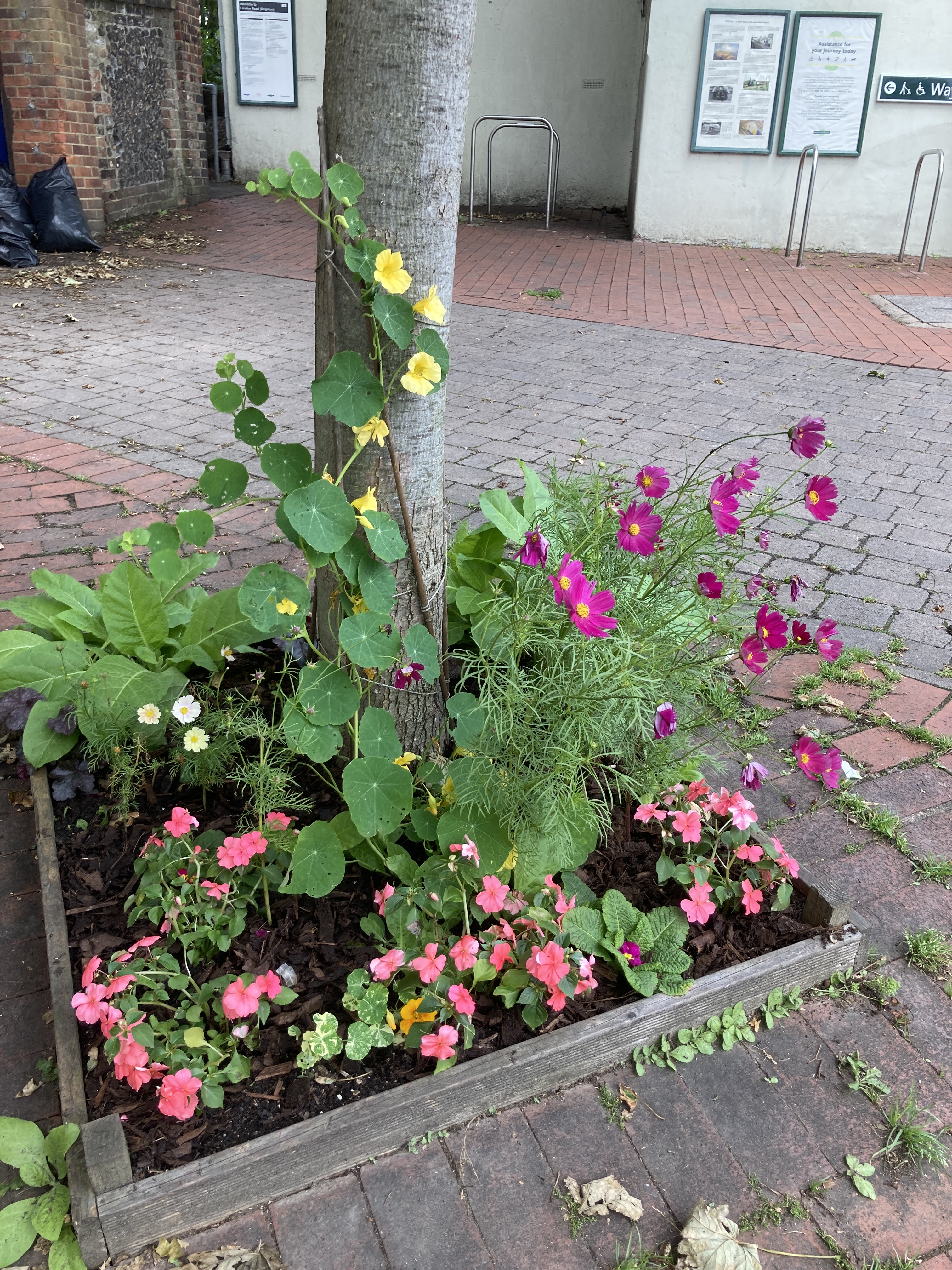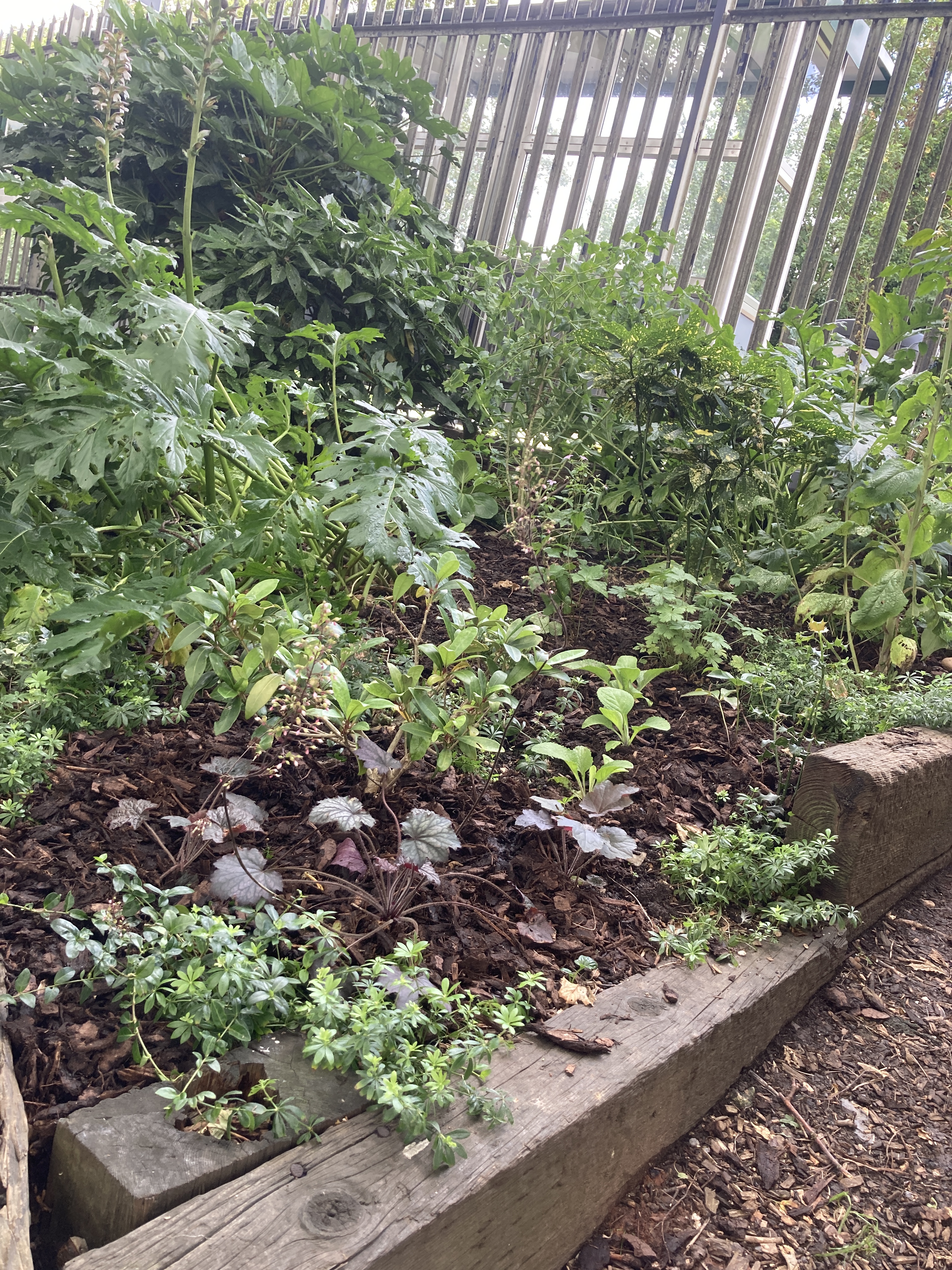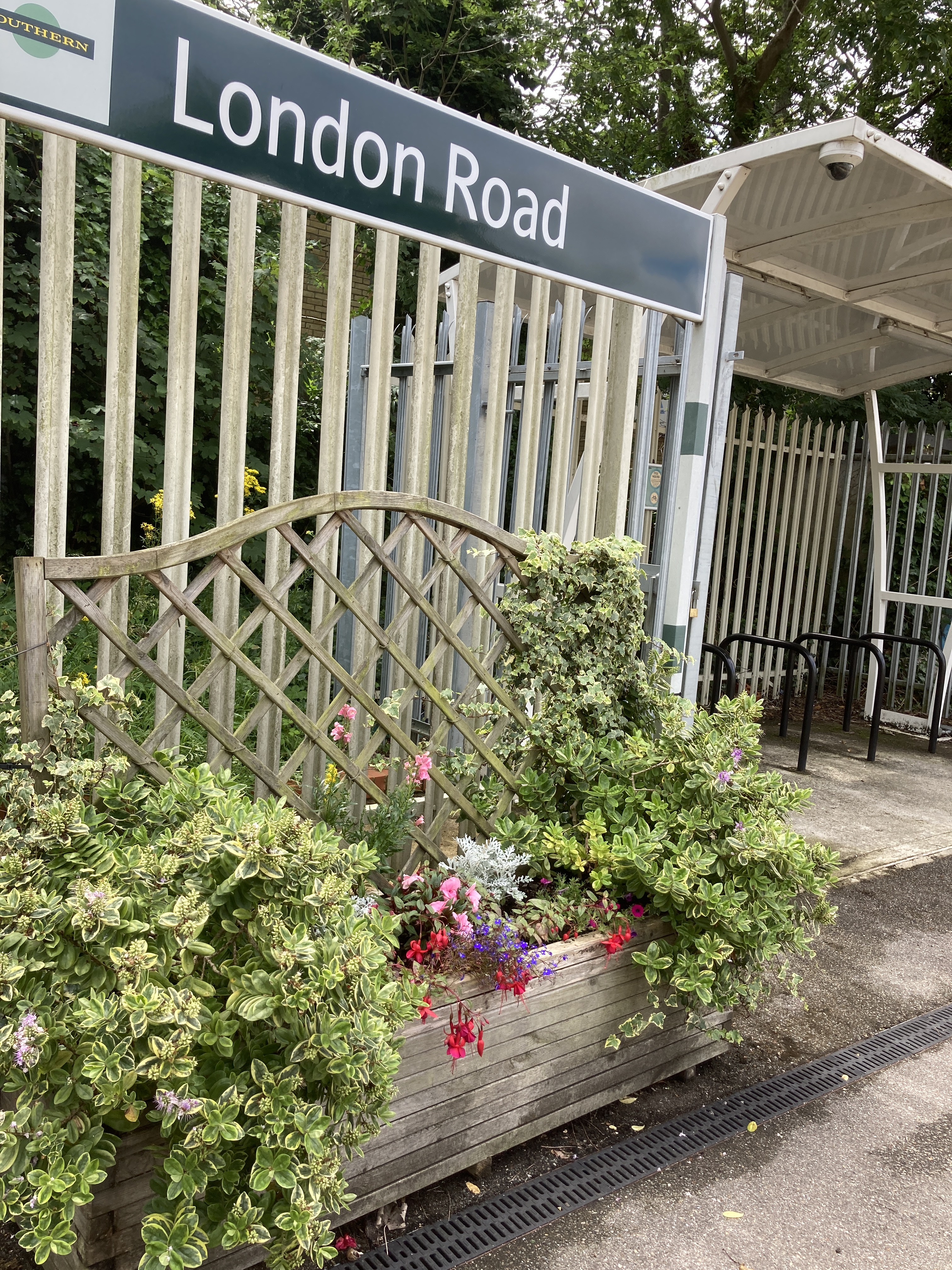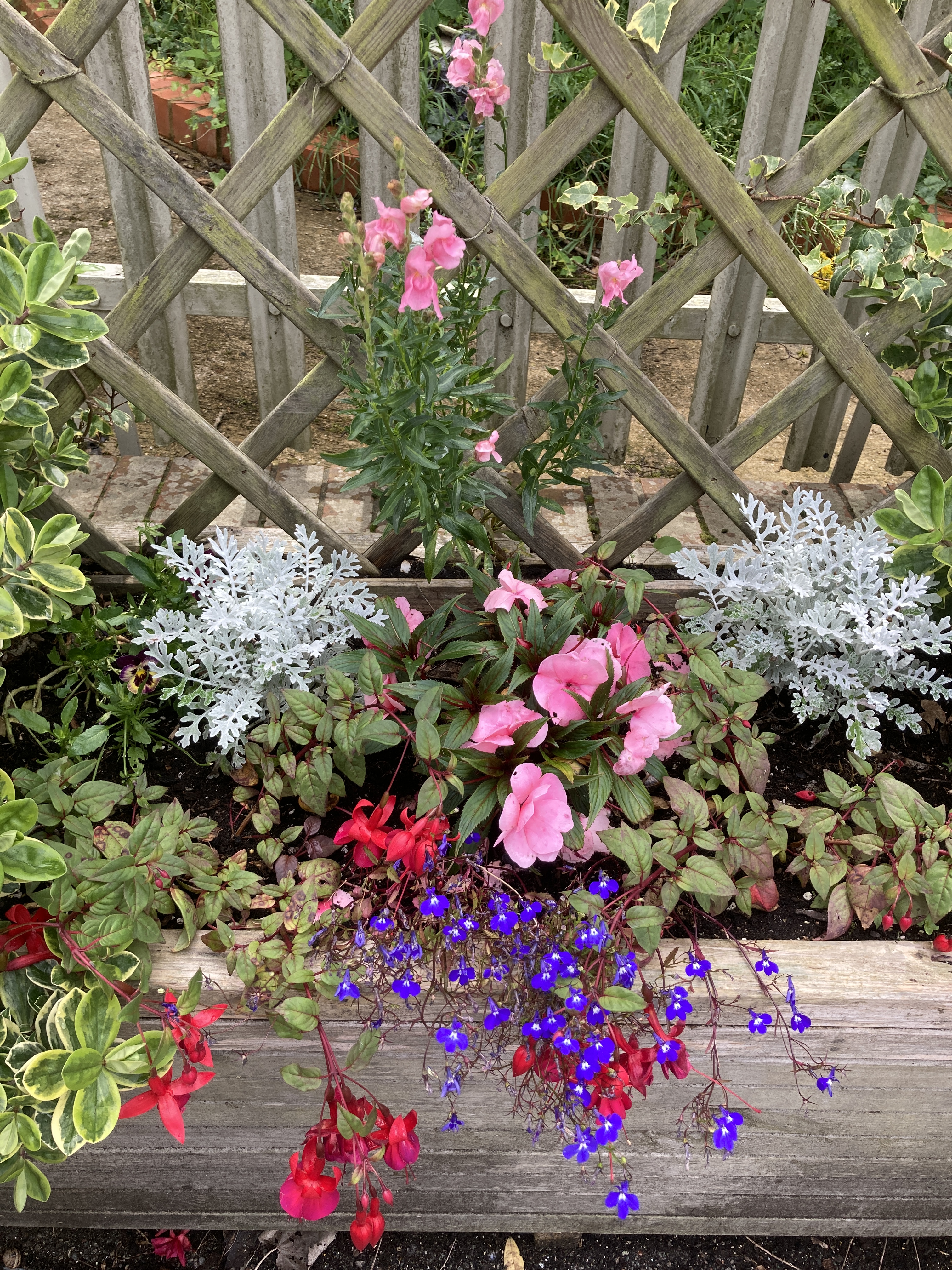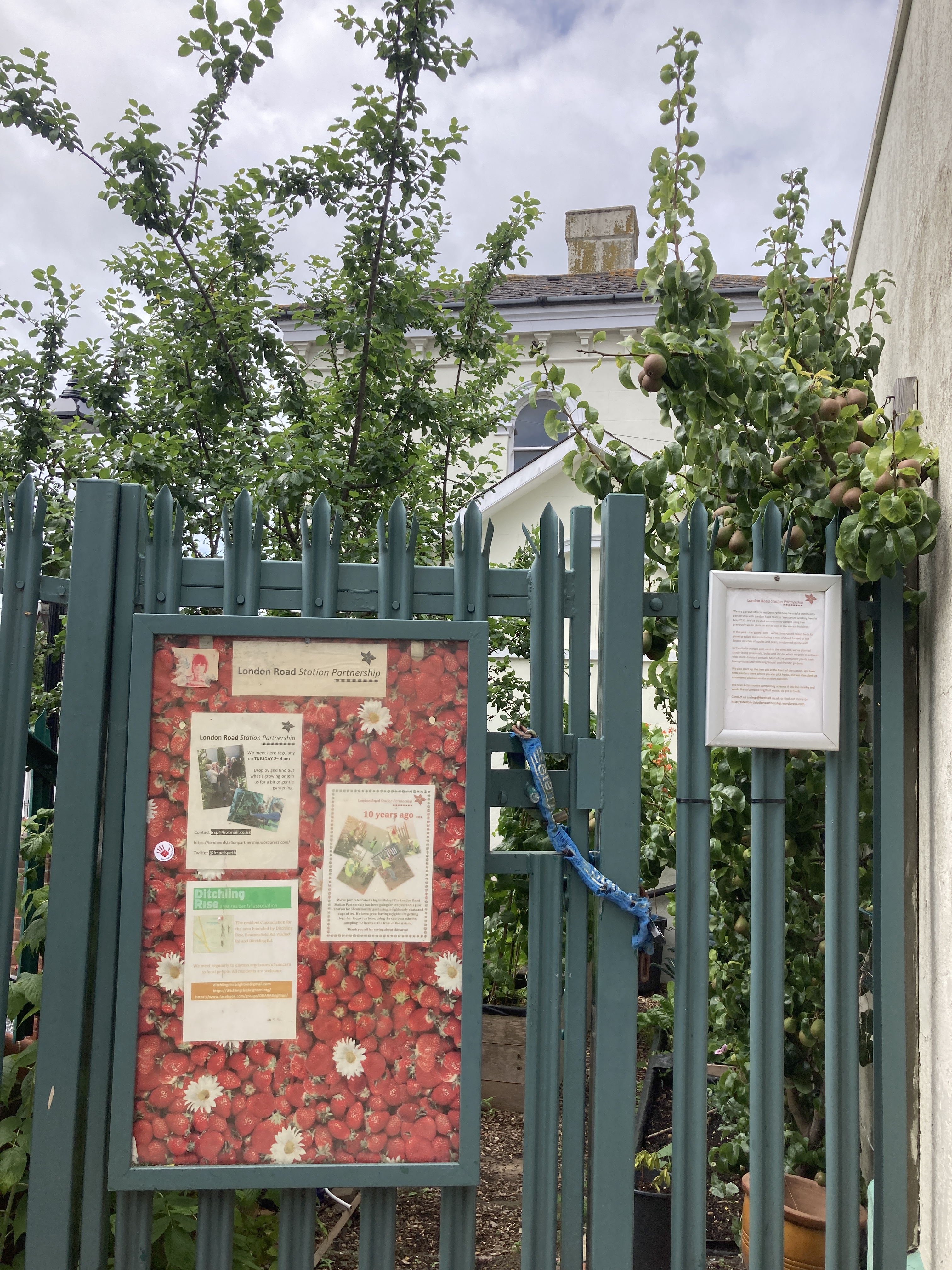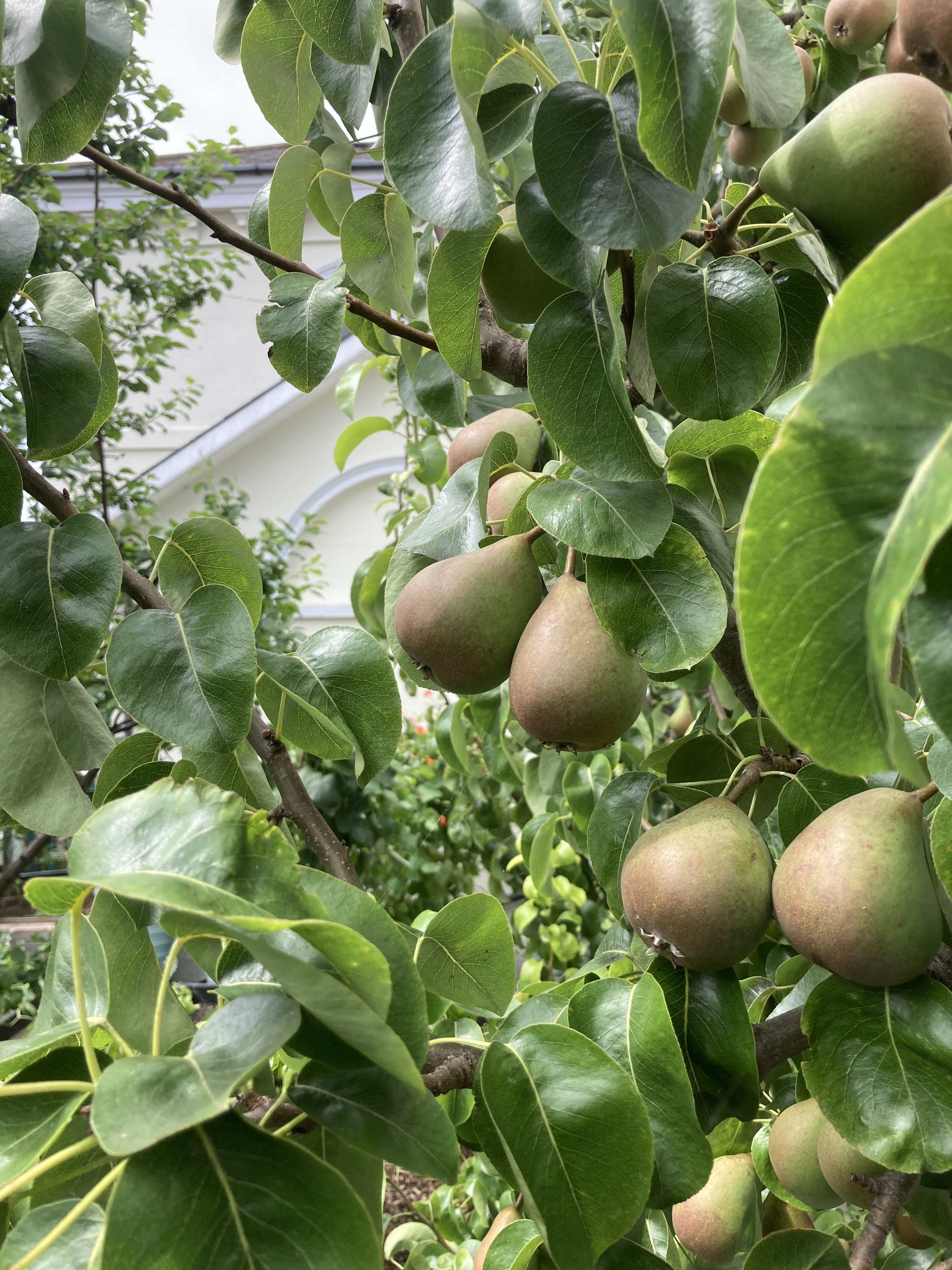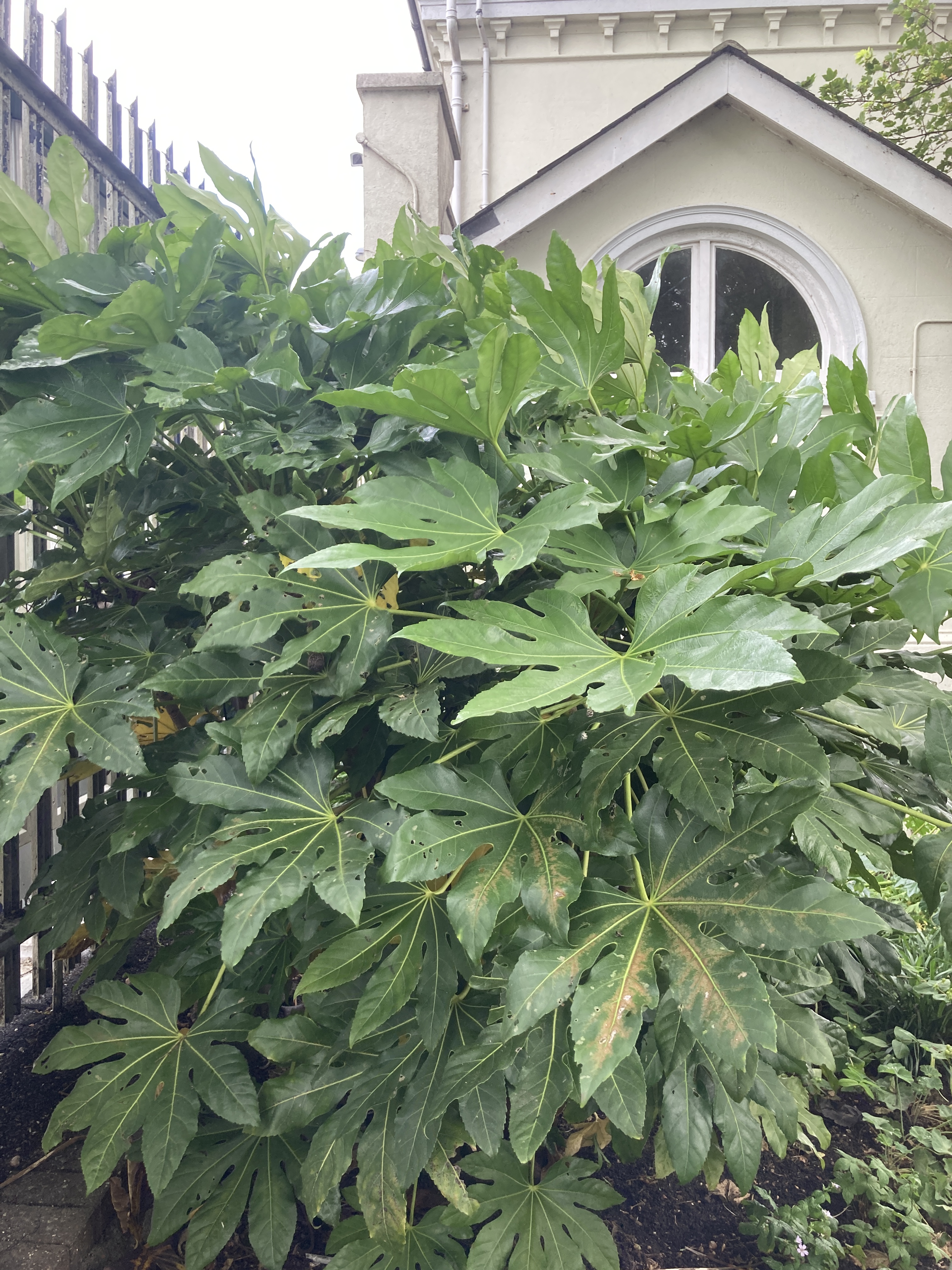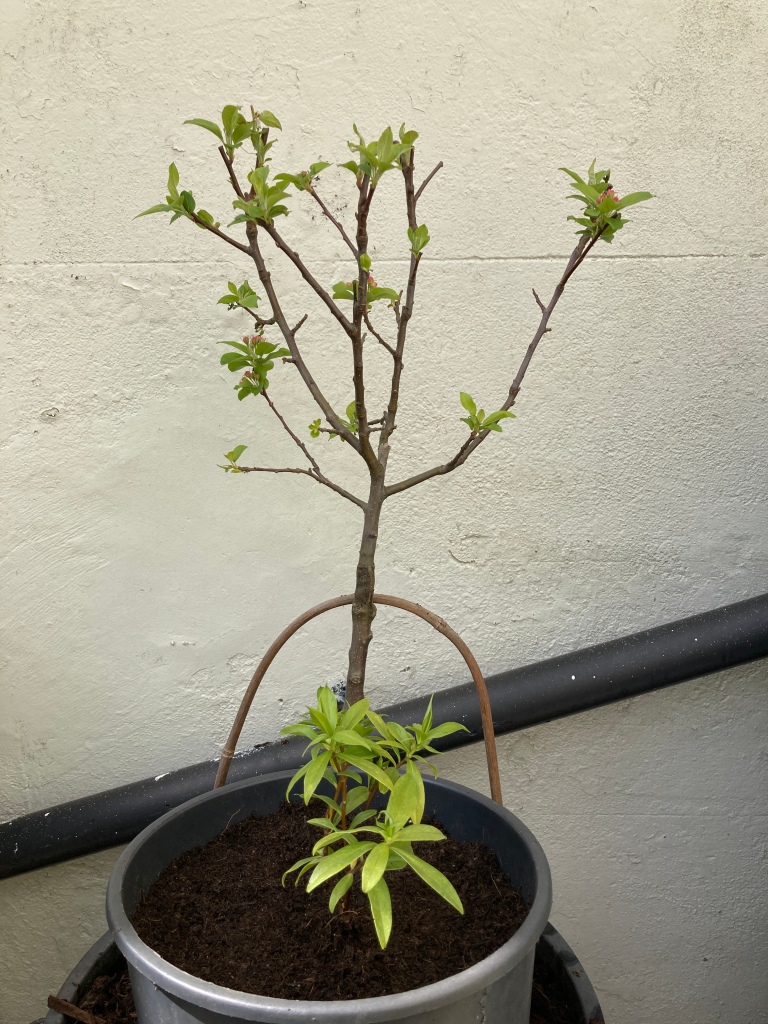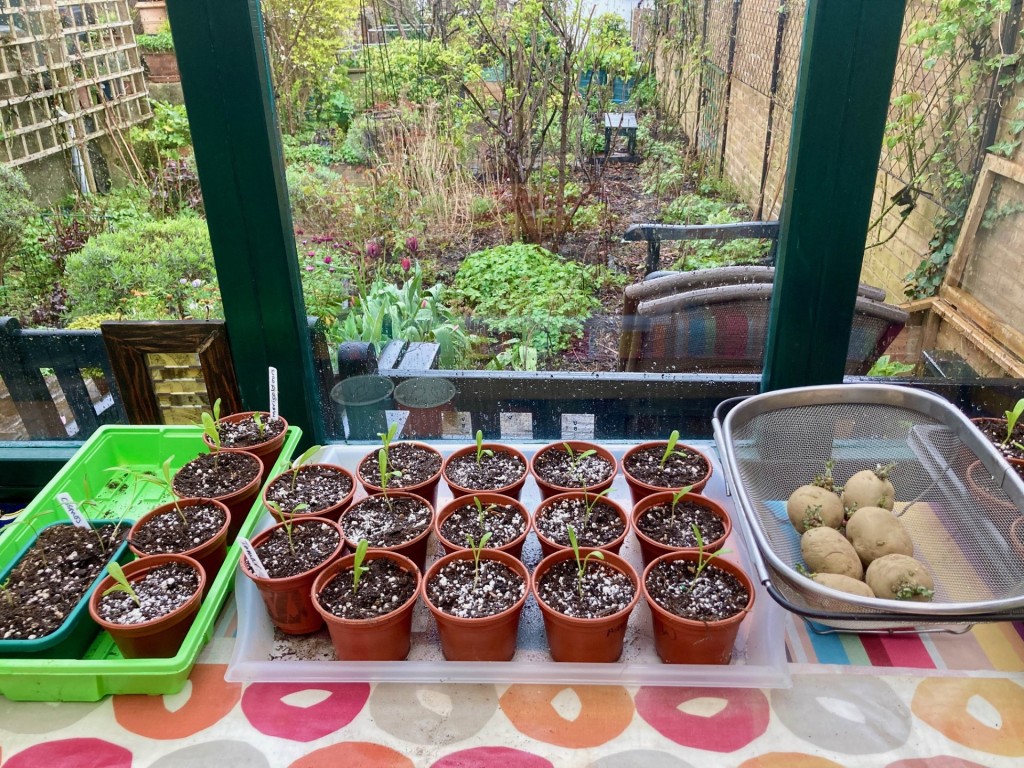
It’s almost the end of March, and it feels like every Tuesday afternoon since the autumn has been overcast and very rainy. We’ve had to cancel sessions at London Rd Station, and put off getting started on preparing beds for planting. Today was yet another wet Tuesday …
However, two weeks ago we did manage to spend a happy couple of hours sowing a first lot of seeds in small trays, and the majority have now germinated. I’ve had to move them inside – cold and wet conditions typically lead to seeds not germinating and rotting. I’m always surprised how high the temperatures are that are indicated for germination on seed packets: 15 to 20C for many and 20C to 25C for some. When do we get up to those temperatures consistently in the UK? Certainly not in March, perhaps in the second part of May? So the seed trays have been moved indoors into my south-west facing window. Not that we’ve had much sun …
We’ve sown: chard and kale (growing well), leeks (four weedy little seedlings have so far appeared) courgettes (only one of 10 has so far germinated), comfrey (no sign so far), cosmos (some …), daisies (quite a few), red orach (five spindly red seedlings) and marigolds (over 20 seedlings). I’m proud that the seeds we saved from last year’s marigolds germinated quicker than the ones I bought this year. The seedlings have already been potted on. We should have some lovely companion planting to brighten up the edible plot.
We’ve still got some seeds to sow: parsely, borage, cavalo nero, climbing beans (not until late April early May) and of course, lettuce and other salad leaves. And the seed potatoes have been chitted and are ready for planting. Normally, seedlings are potted on by this point in the year and potatoes are in the ground late February. Who knows what the next weeks will bring … will we be facing dry conditions by May as we have in previous years?
So far, we haven’t started renewing the platform planters or the herb planters. The shady plot is benefitting from the wet, daffodils and celandines are out, our planting from last autumn has survived the winter. Spring weeds are creeping in but we’ve let them be … it’s just a case of waiting now for dryer weather.
